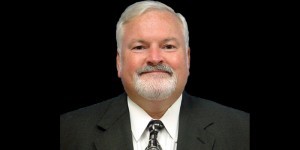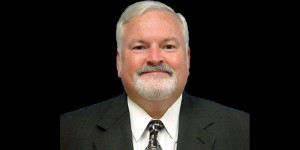 Today on AMN, we are featuring a recent interview with John Washbish, president and CEO of the Aftermarket Auto Parts Alliance, who shared his thoughts on the organization’s keys to success. Washbish’s interview is part of the annual Program Groups Overview published in the June issue of Counterman magazine, a sister publication to aftermarketNews. Stay tuned next week for more interviews from the annual Program Groups feature.
Today on AMN, we are featuring a recent interview with John Washbish, president and CEO of the Aftermarket Auto Parts Alliance, who shared his thoughts on the organization’s keys to success. Washbish’s interview is part of the annual Program Groups Overview published in the June issue of Counterman magazine, a sister publication to aftermarketNews. Stay tuned next week for more interviews from the annual Program Groups feature.
What is one thing you want those working at either the warehouses — as drivers, category buyers or on the counter — to know about the keys to being successful today in the independent automotive aftermarket?
Success in the aftermarket today is critically dependent on technology. When speaking recently to the YANG group I stressed to them the importance of being a “technology fanatic” and to look to apply the use of technology in everything they do. By applying technology, one can do something faster, cheaper, better, easier and all the while making the interaction more personal and more meaningful.
We recently launched a technology-enabled marketing initiative. This multifaceted program enables us to get our messages to our customers faster, more effectively and cheaper with videos distributed through our marketing portal than the time and expense of printing and distributing collateral materials. And, as fantastic as all that speed and efficiency is, we find that the video format is more effective at delivering the message and achieving the desired result with the customer.
Needless to say, we a ramping up efforts to infuse technology in everything we do.
What does the aftermarket need to do to compete – or can it – against vehicles that are increasingly technologically advanced and more difficult to repair and new car dealerships that are adept at luring customers back for service, not knowing they have less-expensive options?
At the risk of repeating myself; adopt and implement more and better technology. The reality is that OEM dealerships have fewer than 30 percent of the bays required to maintain the number of vehicles in operation. The motoring public is depending on us to take care of their vehicles. We cannot be complacent, either as an industry or as individual businesses. Our industry associations must make every effort to collaborate with the OEM to assure that they are given no excuse to argue to lawmakers and regulators that we are anything but competent and capable when it comes to having the knowledge, technology and skills to maintain their vehicles. Likewise, giving access to onboard computers will in no way compromise the safety of the vehicle or its owner.
Those of us closer to the front lines of repair must make tools available to diagnose and inform the car owner of what repairs are required. That means that training and education along with a healthy dose of technology are available to the techs who work on the vehicles.
What is one thing that is least known about your group?
If I had to designate one thing not understood outside of our group, it would be the Alliance’s total and complete devotion to “service” in all its facets. “Service is the Difference” has been our motto since the early 2000s. It permeates everything we do and it affects all levels of the supply chain and the benefits our group provides. It begins with headquarters and how the Alliance serves all of its members, regardless of size or location. Our programs, ownership and financial participation are all calculated on a democratic basis. An example of democracy is demonstrated by Alliance Parts Warehouse (APW).
APW is collectively owned by all of our members. It is managed to operate efficiently and to extend the lowest possible price on products to its owner customers. Another example is the way the Alliance collectively decides on product lines. The voting is tied to member volume on the specific line under consideration, allowing those members impacted by the decision to have the largest voice.
Similarly, the Alliance’s commitment to service is shown by consistently being at the cutting-edge of technology. The Alliance started the first data warehouse to be operated by an independent program group 17 years ago. Over the years, we developed a suite of technology applications, which rely on information populated in the data warehouse. Key among them is the Inventory Optimization Tool (IOT).
IOT and other Alliance technologies helped us win the Polk Inventory Efficiency Award in the distribution category five out of the nine times it has been awarded, including an unprecedented four consecutive wins. The Alliance is the first independent group to have its own shop ordering eCommerce tool, MyPlaceForParts. The flexibility of this proprietary tool enables us to infuse the user experience with features such as information, training and marketing elements, enhancing the service we provide our customers. Service truly is the difference for the Alliance. We hope to continue to listen to customers at each level in the supply chain and develop solutions to better serve their individual needs.














